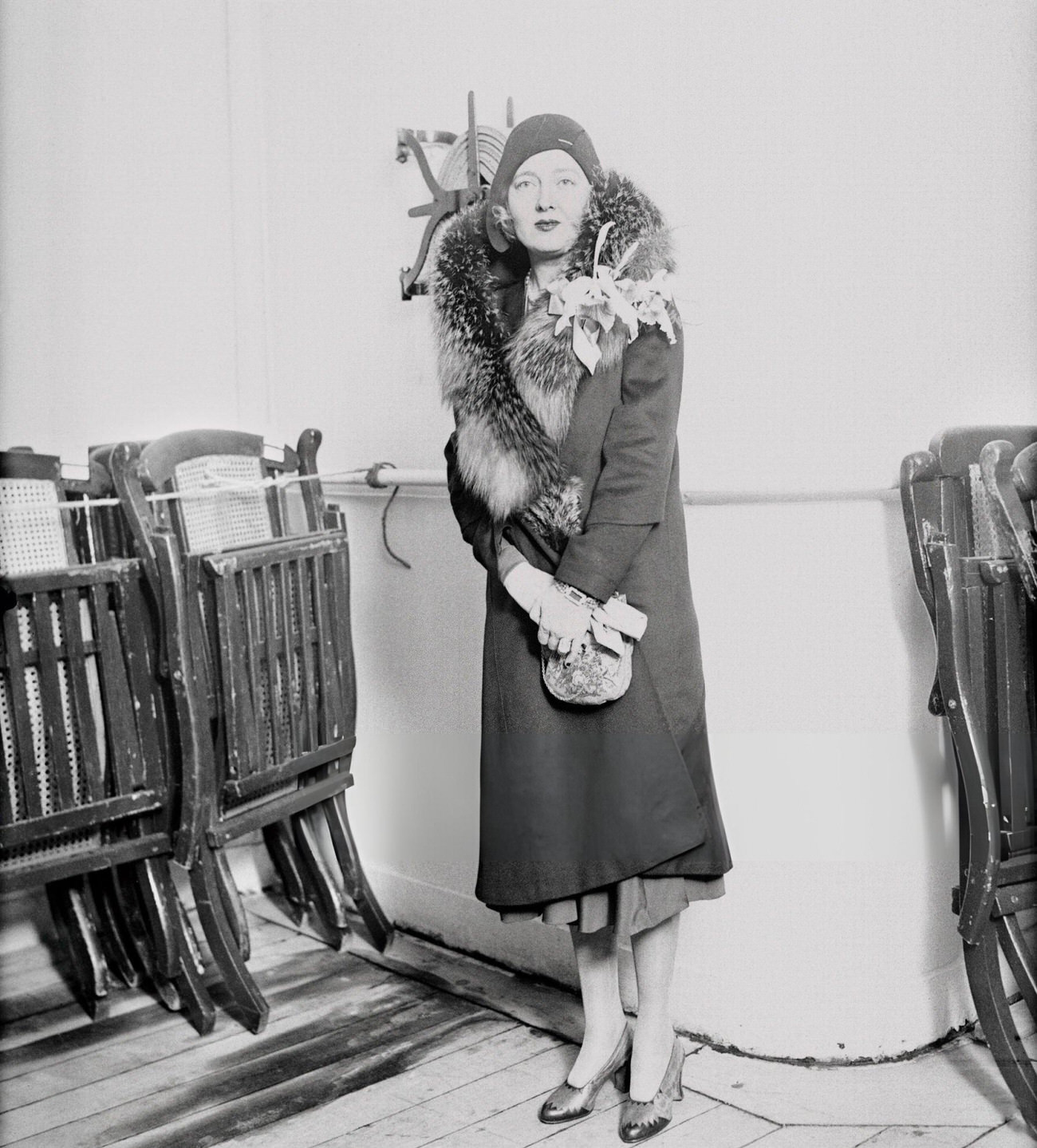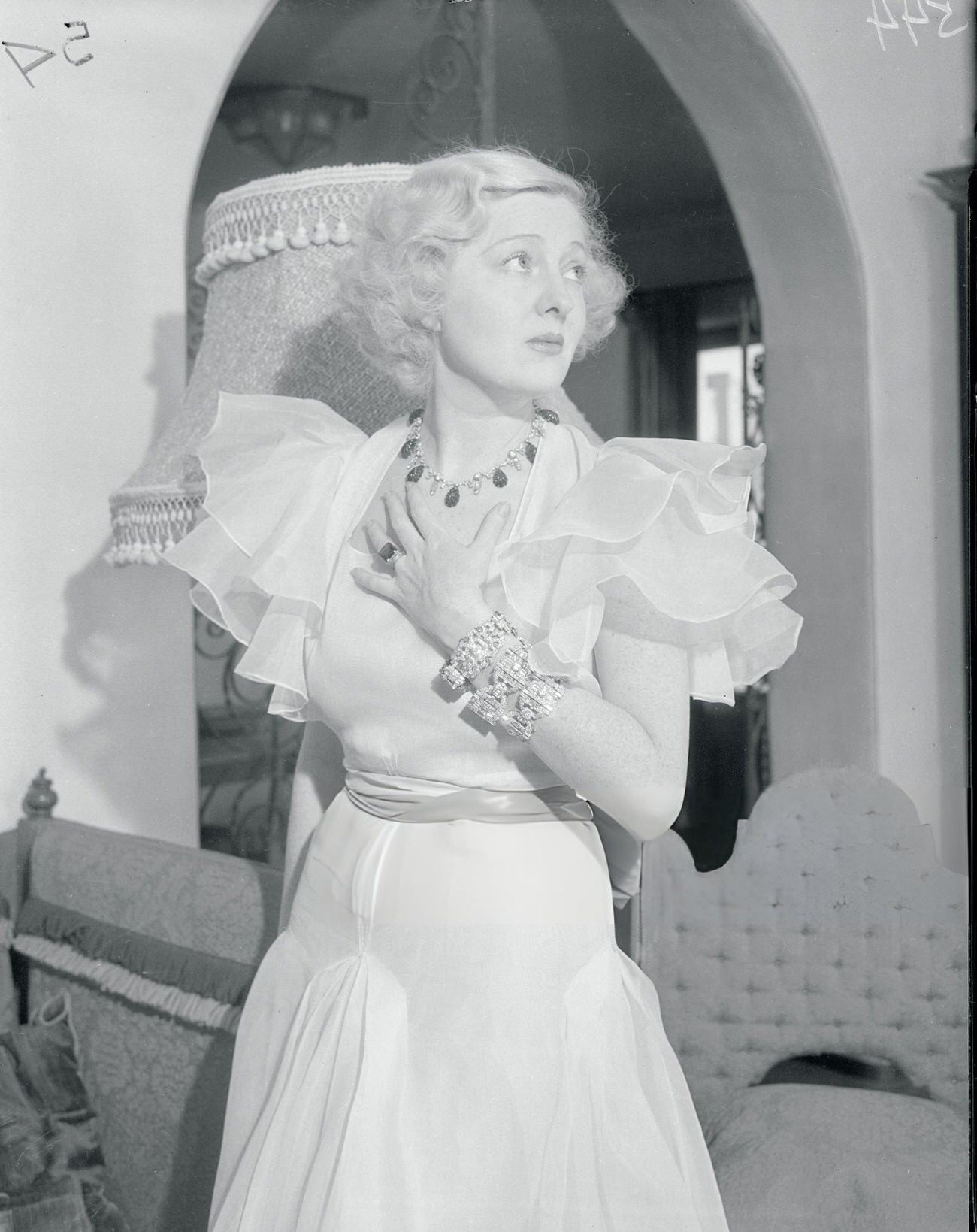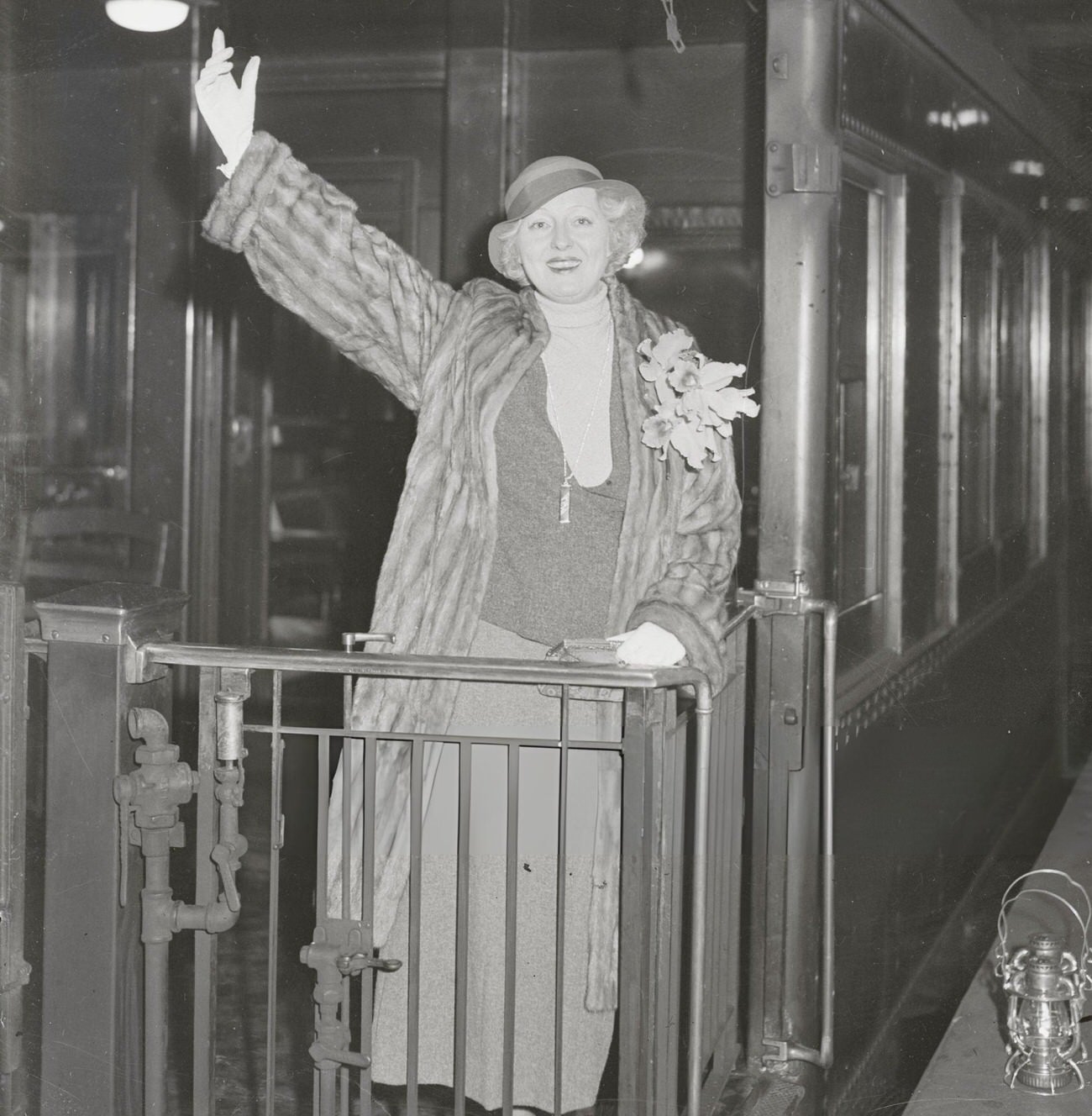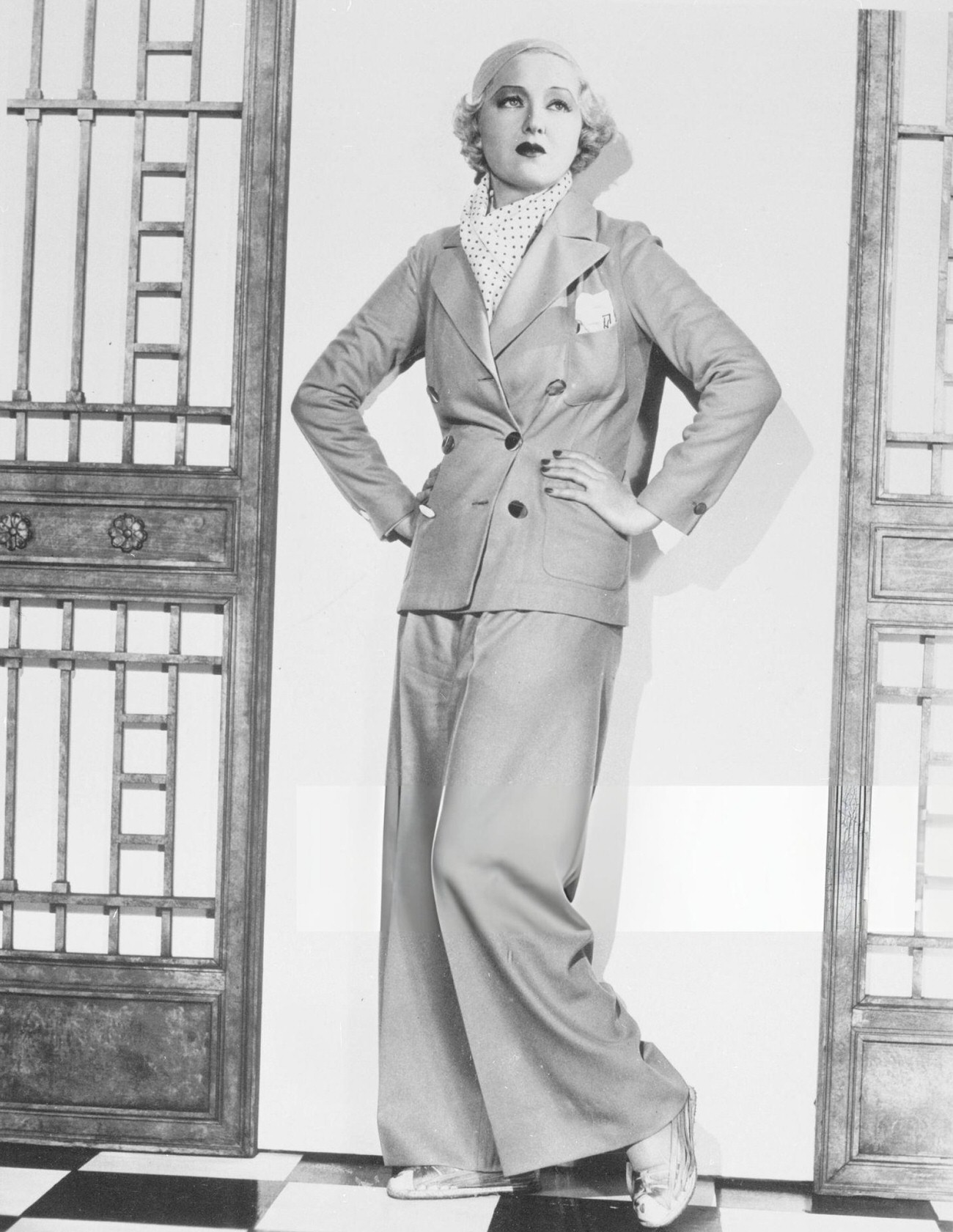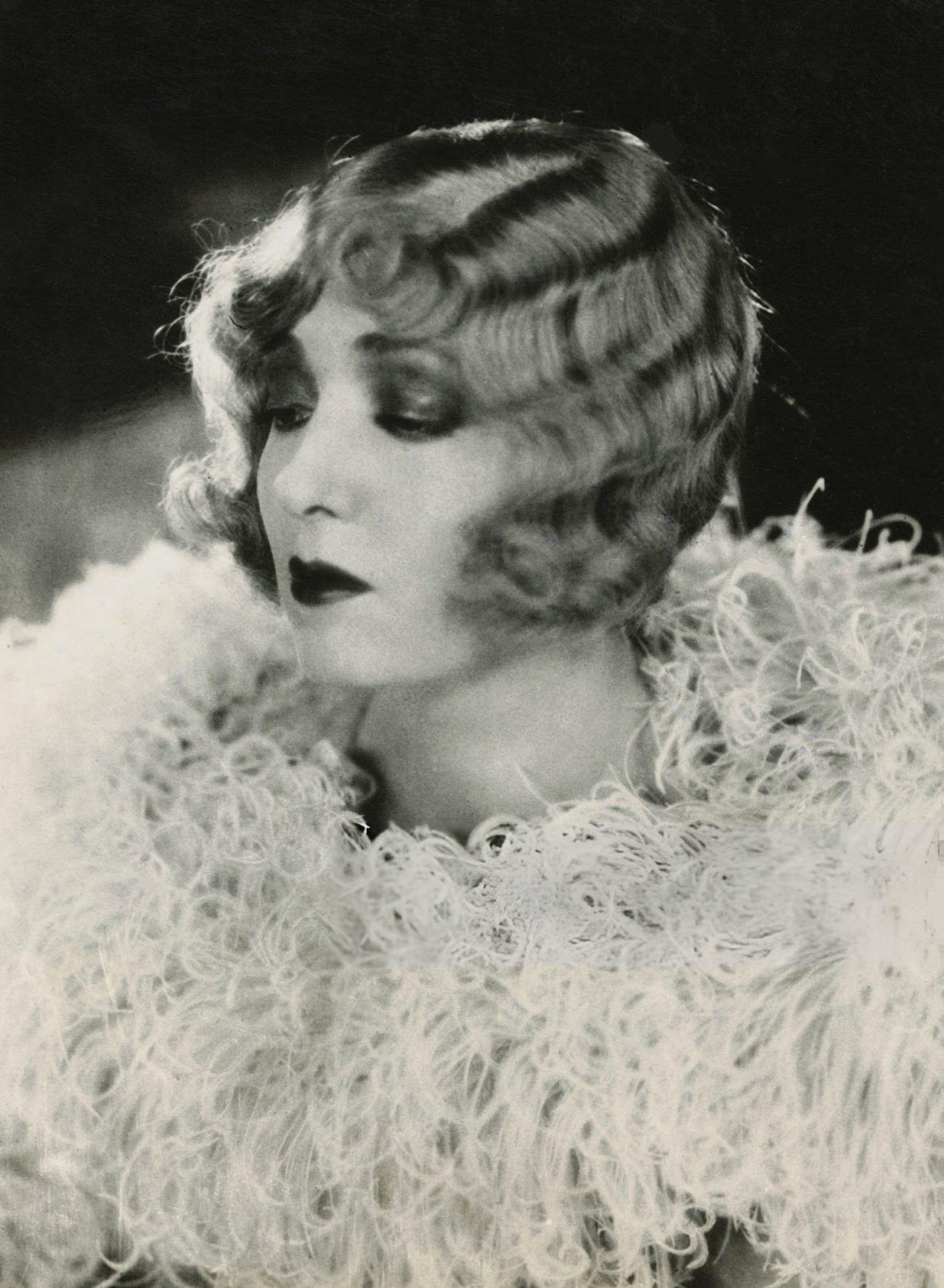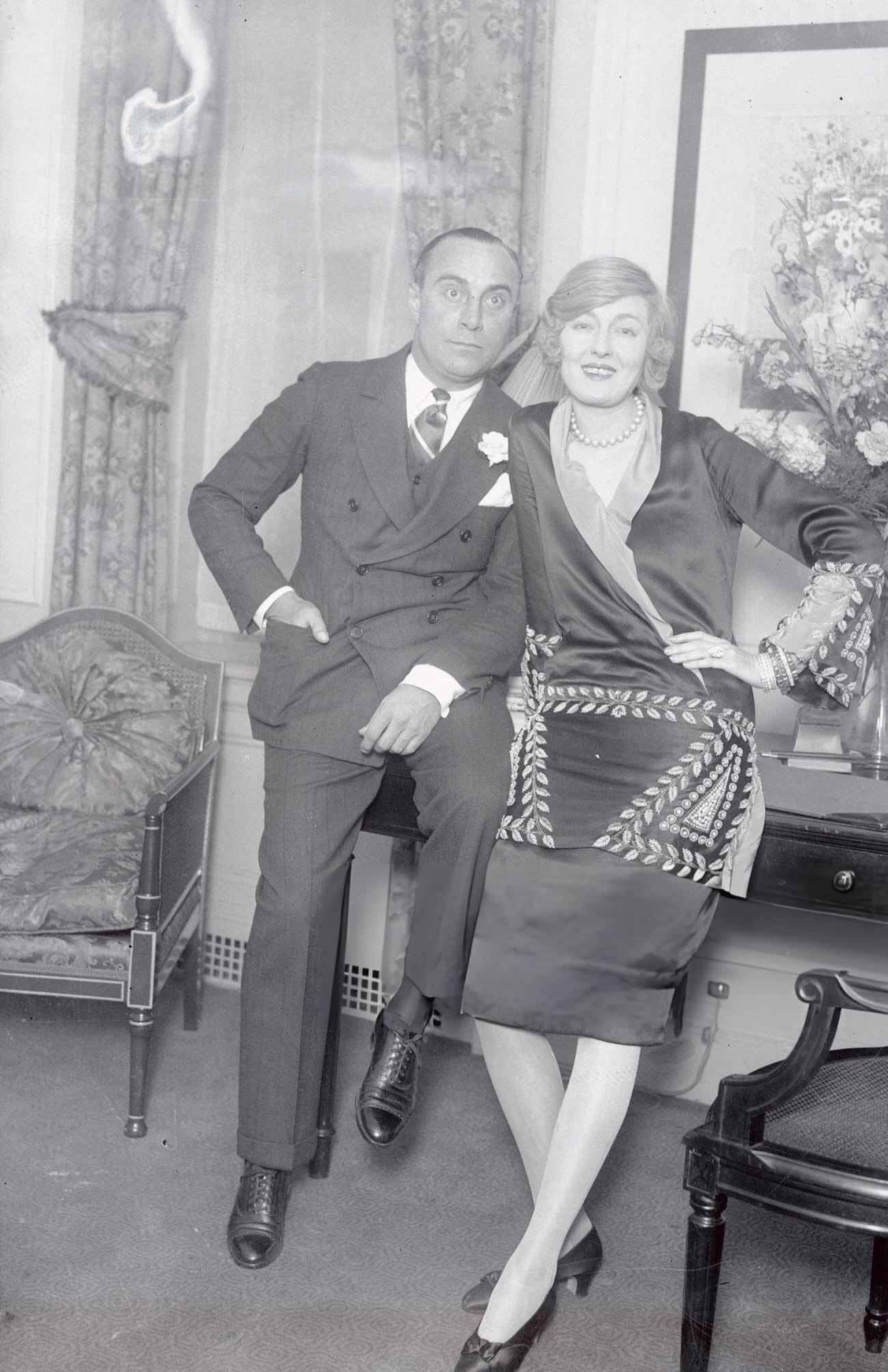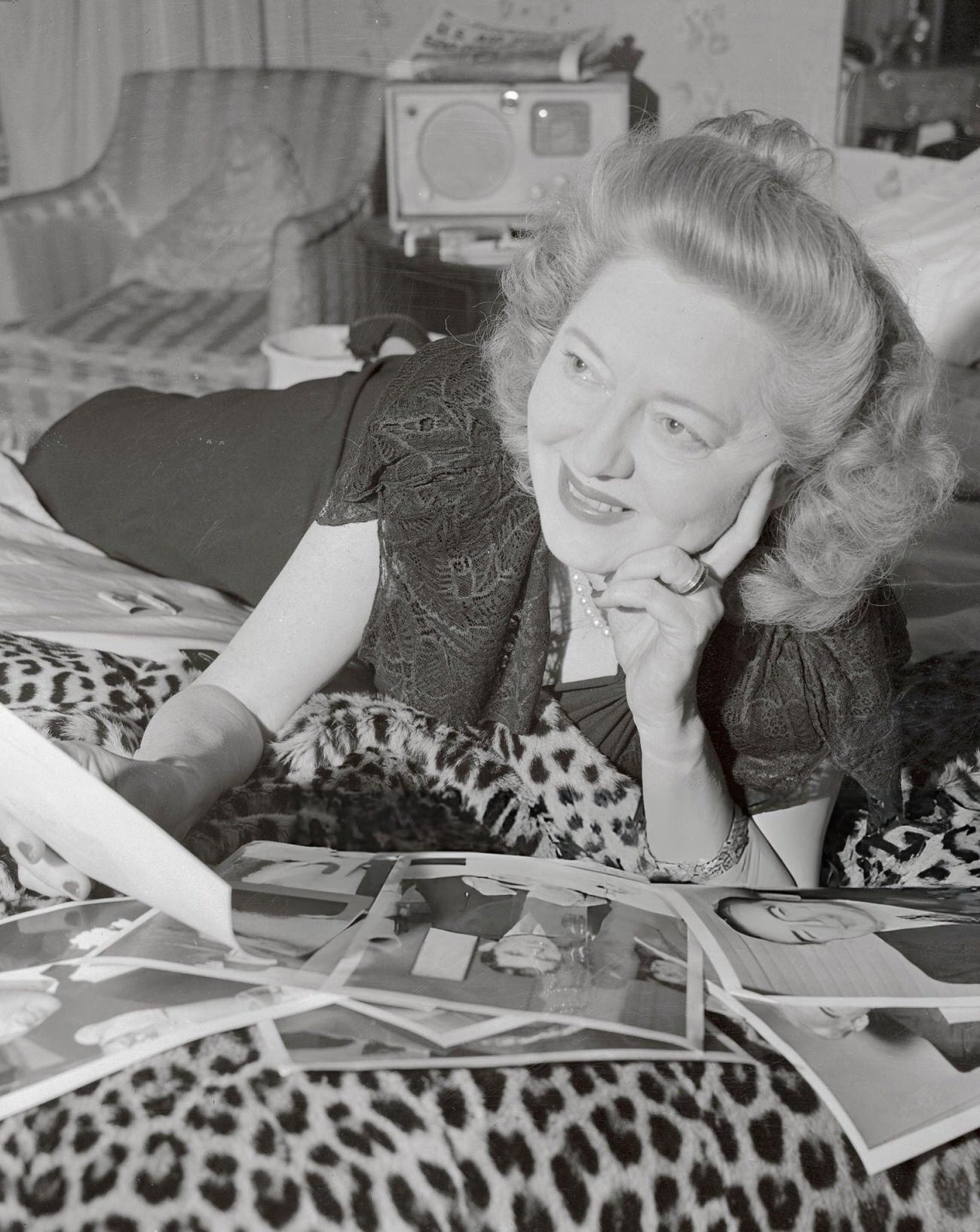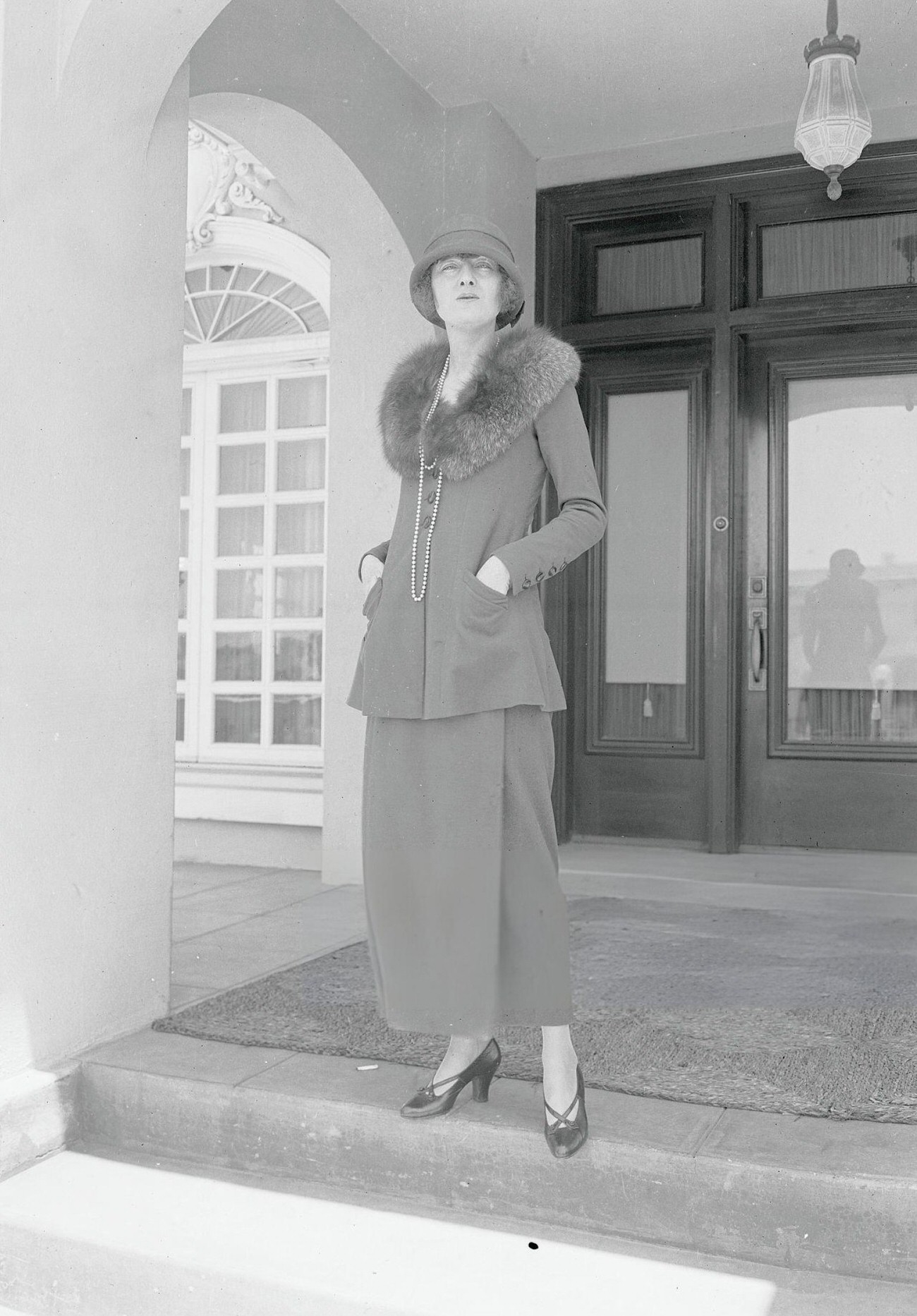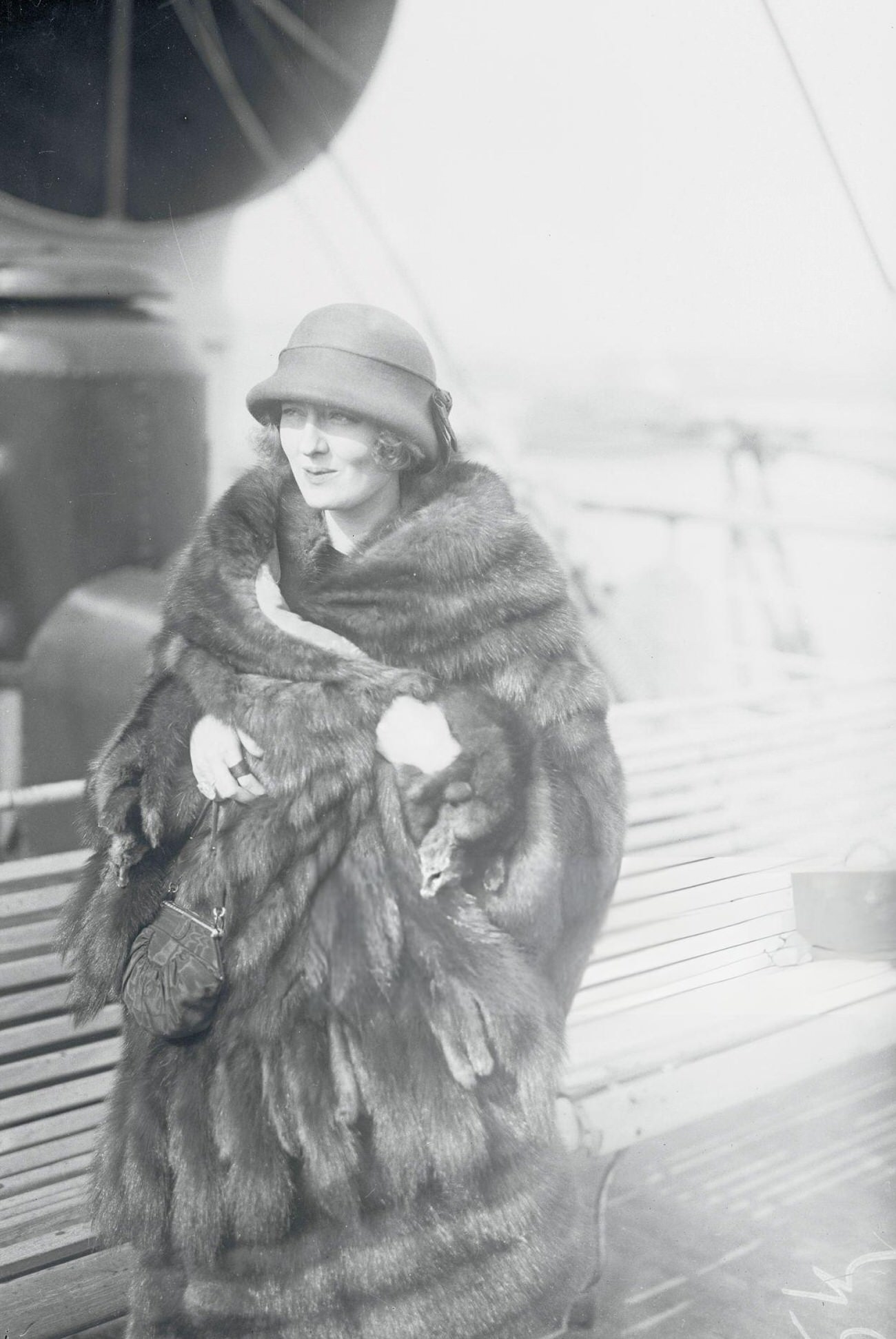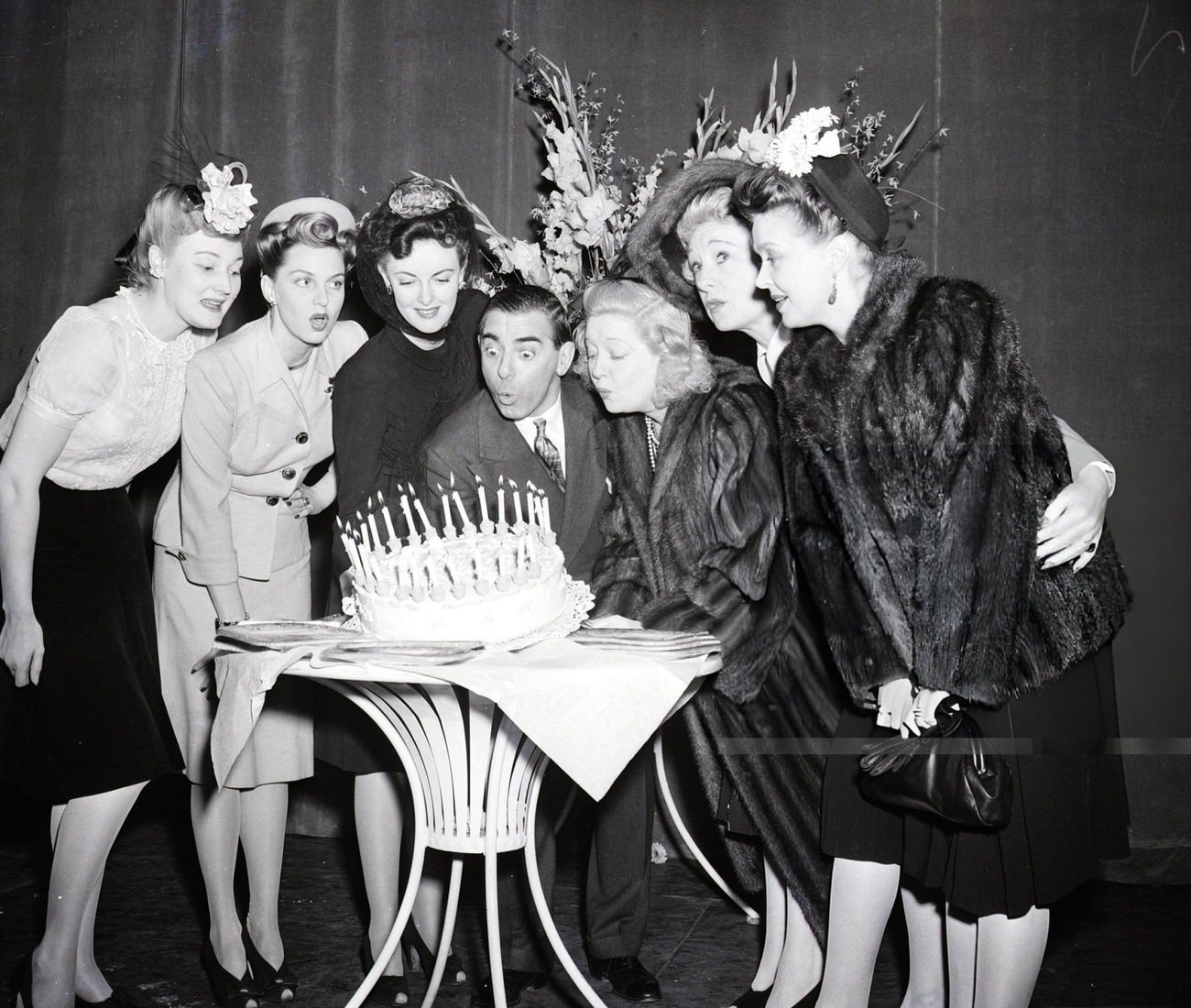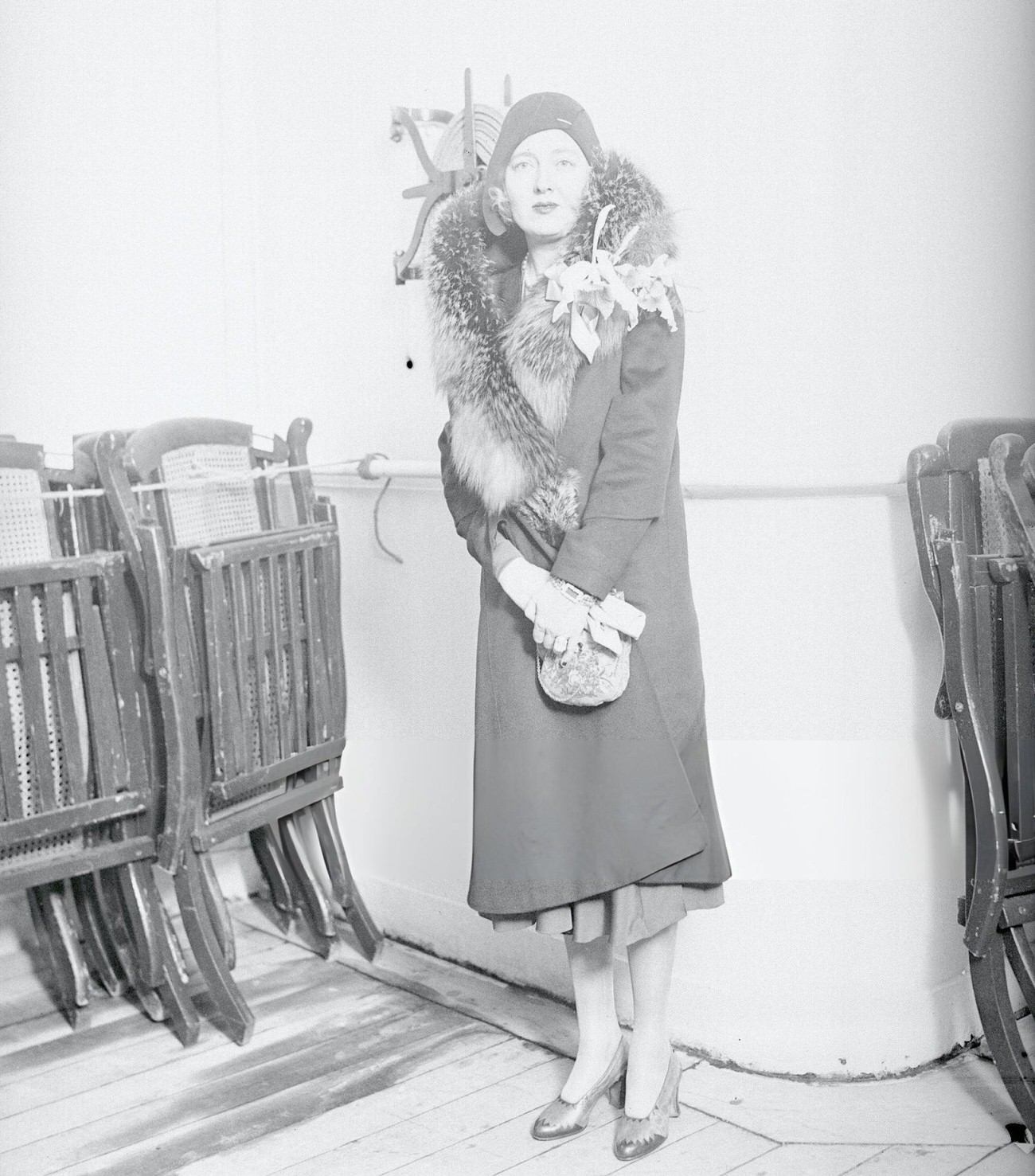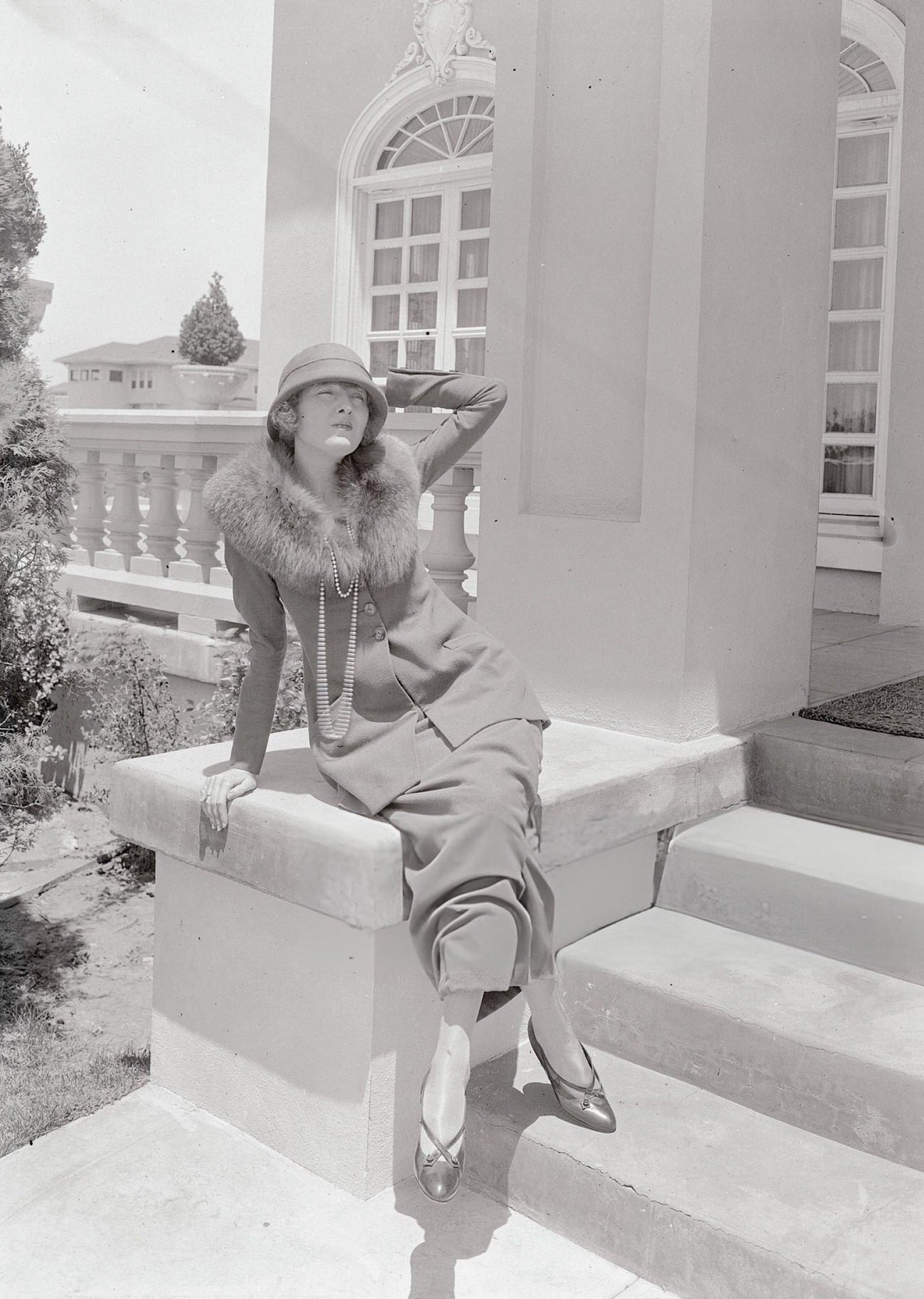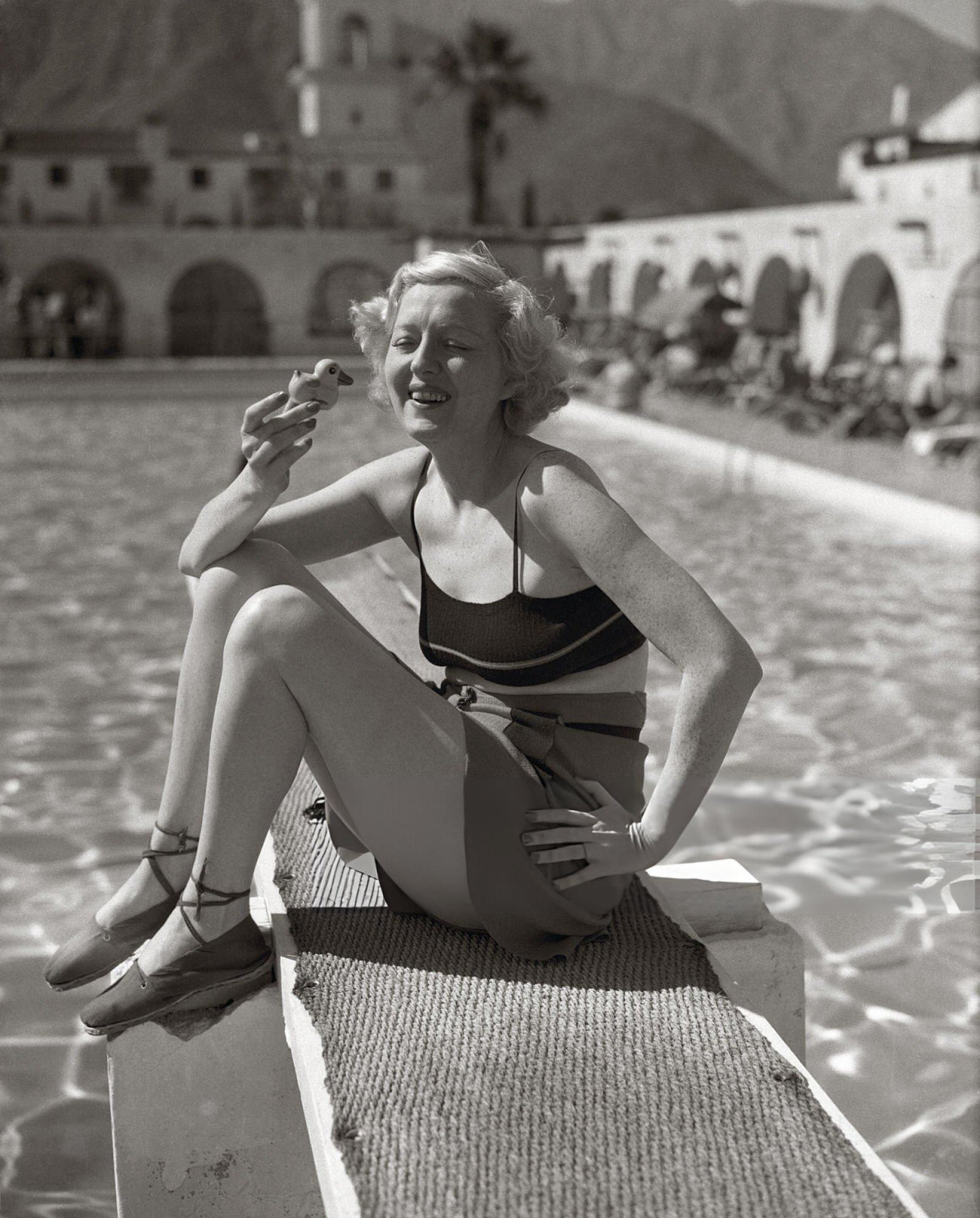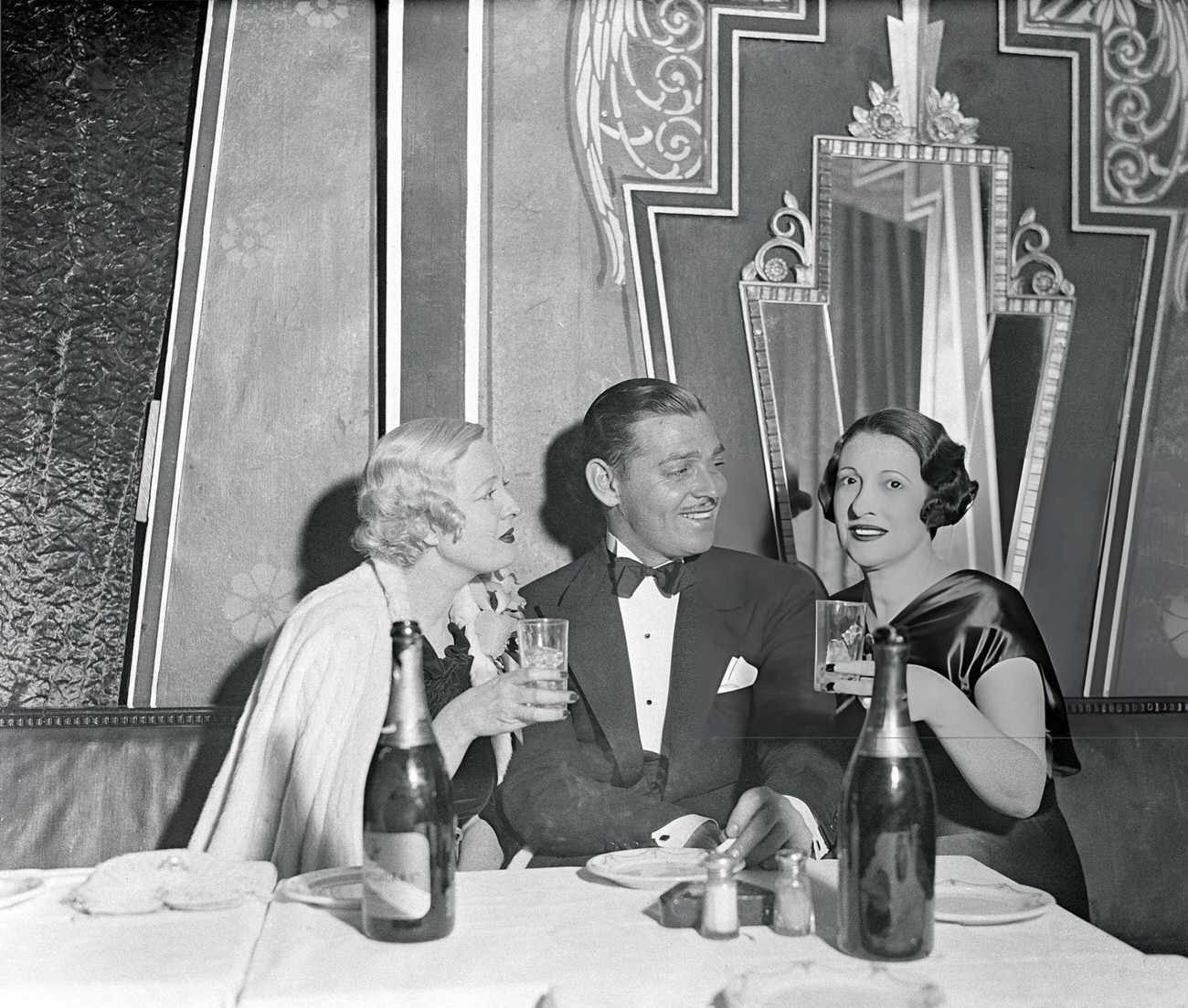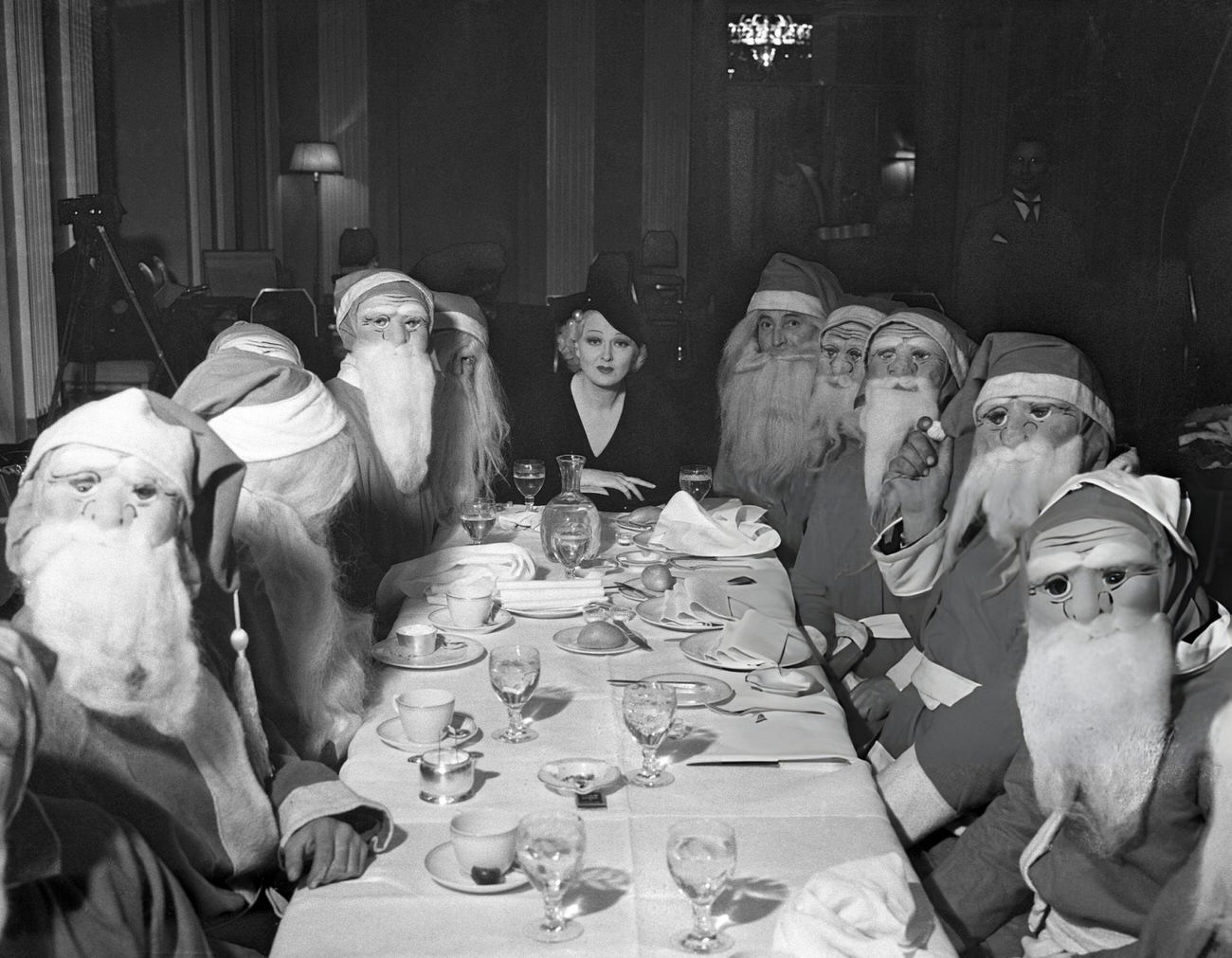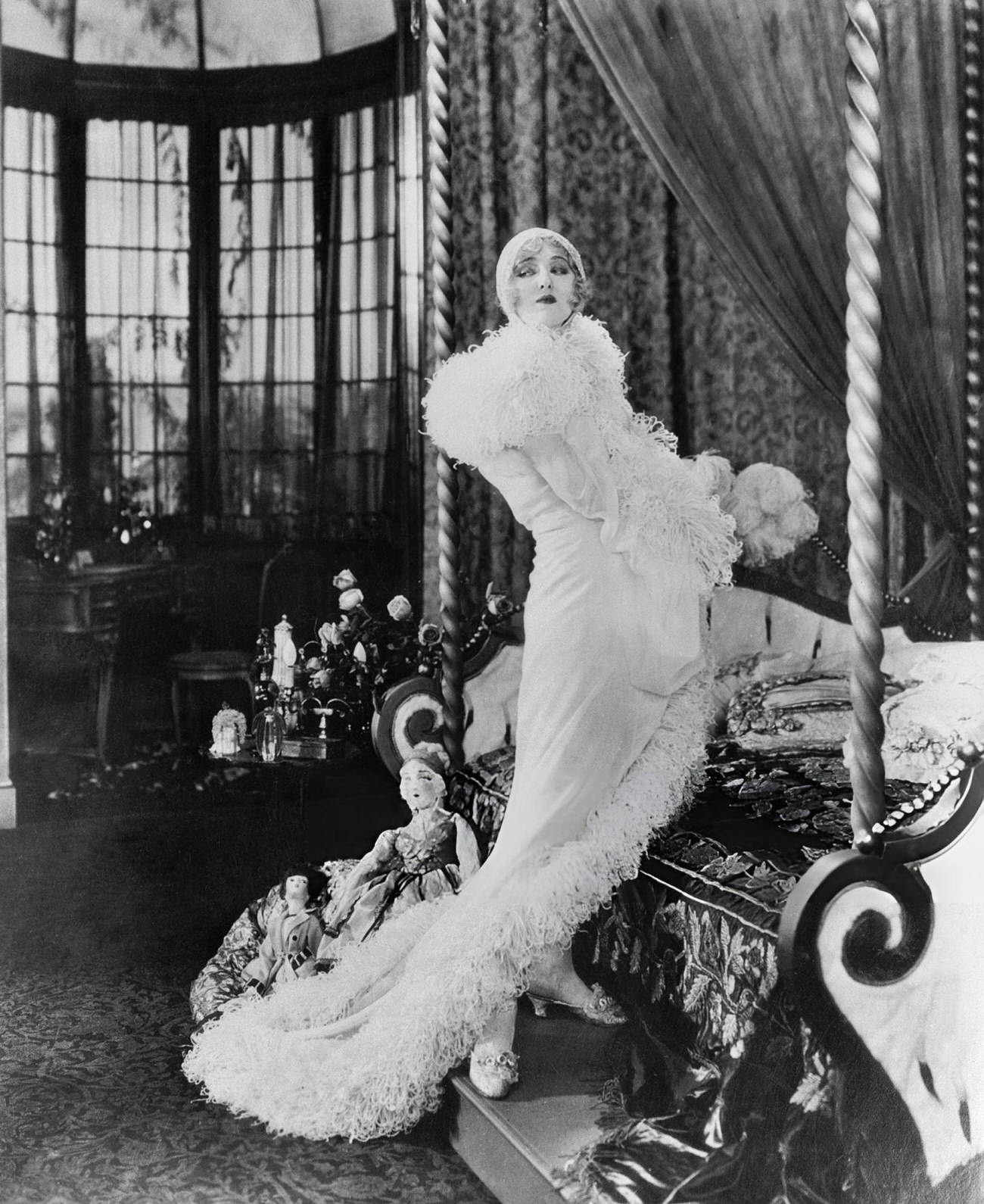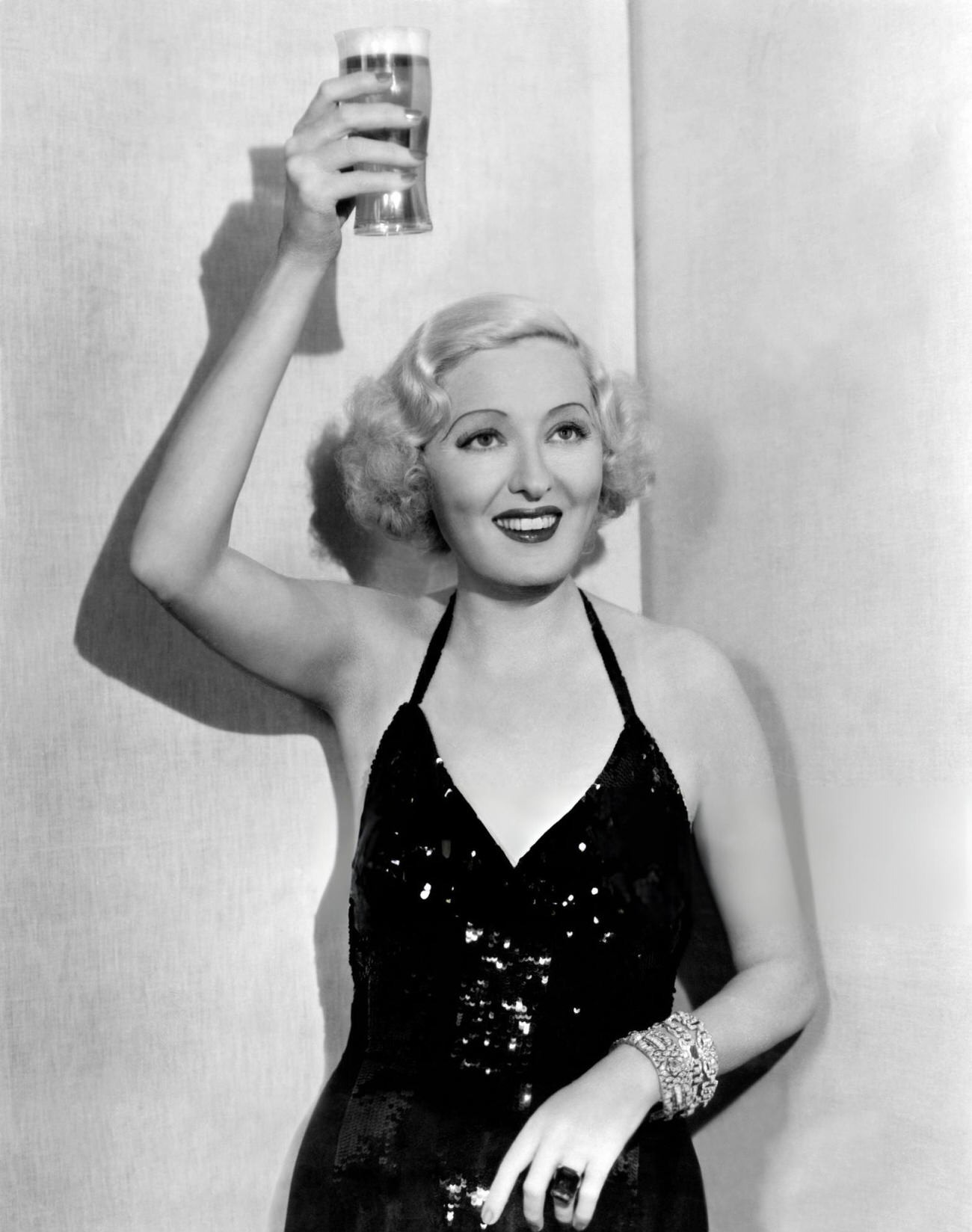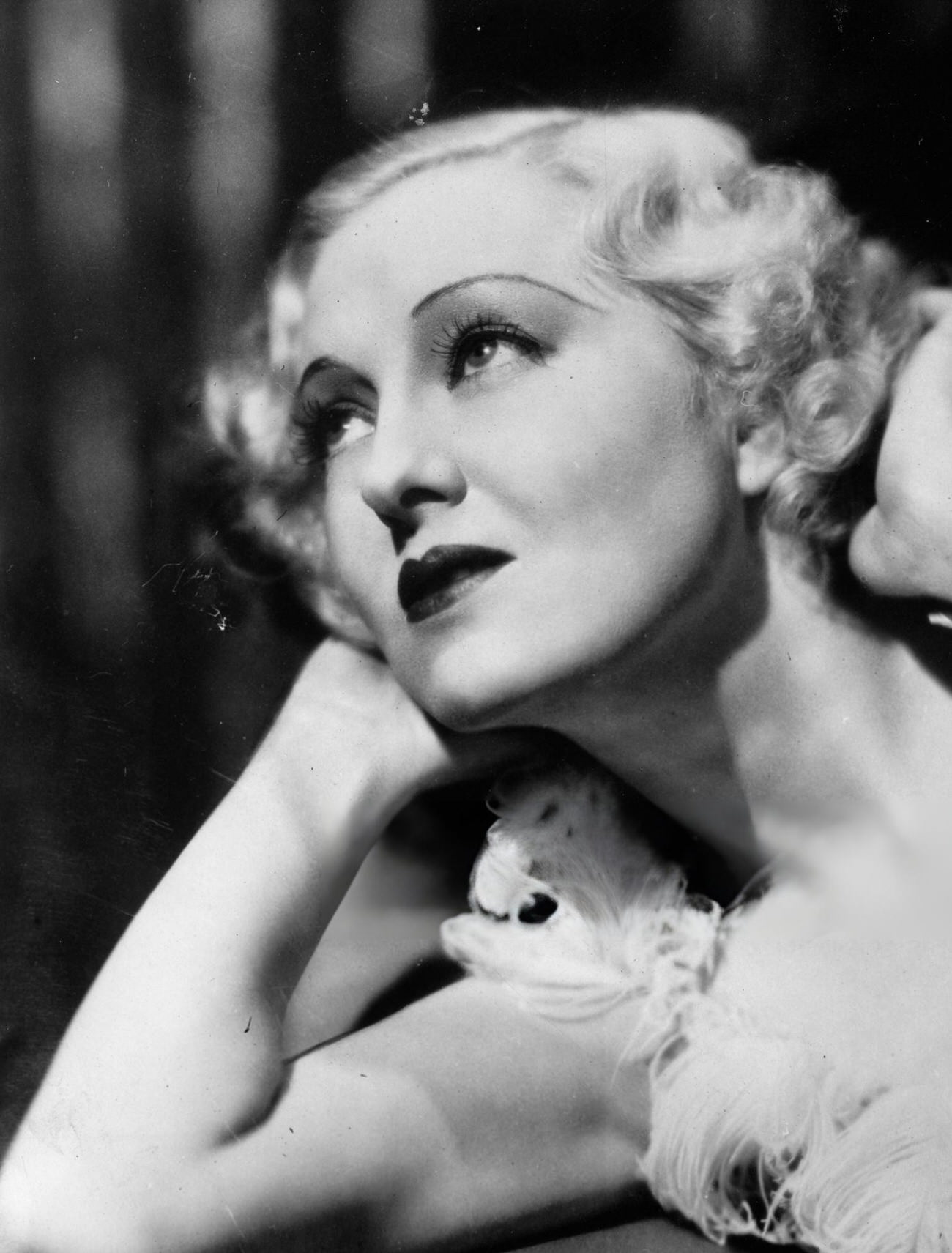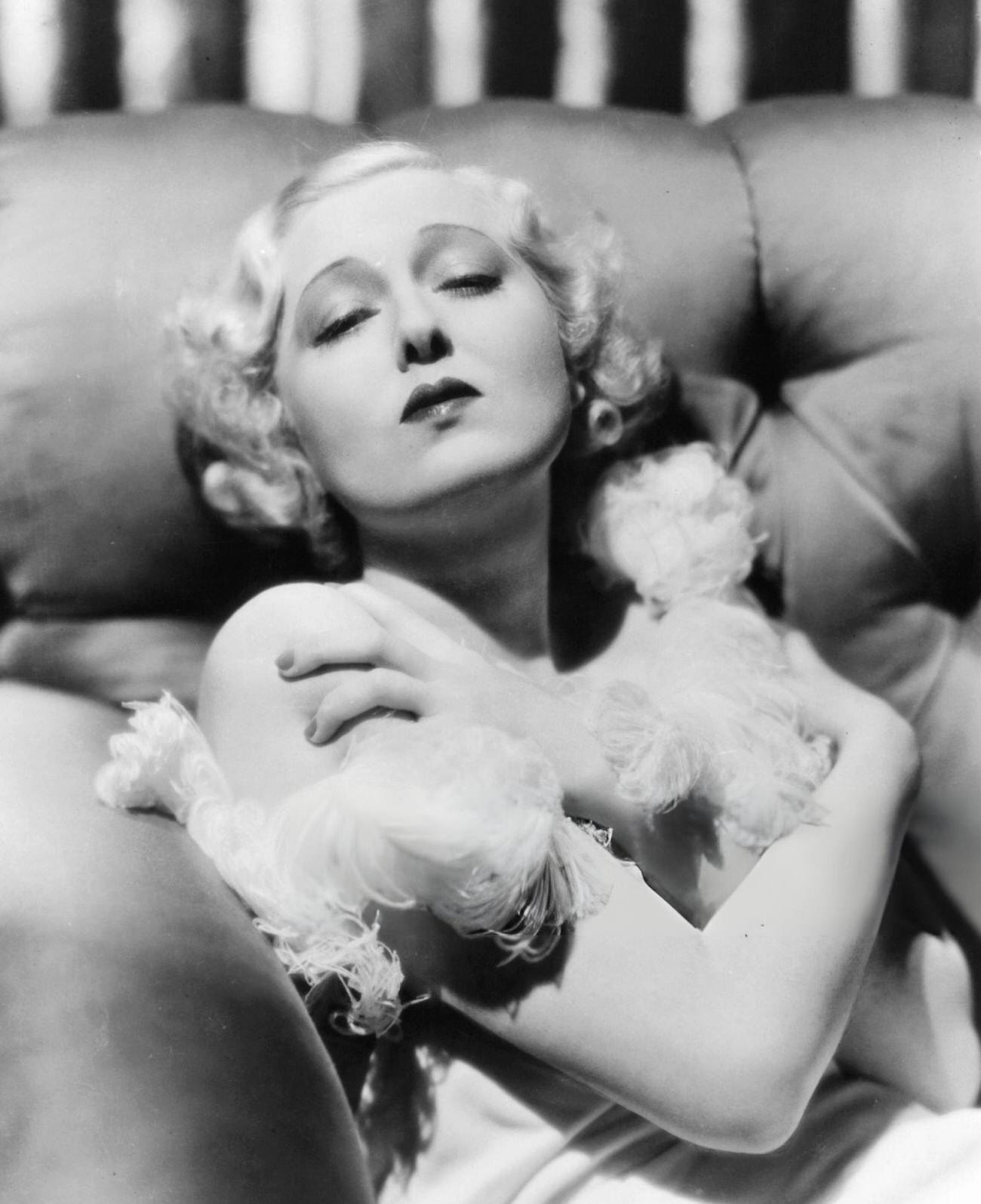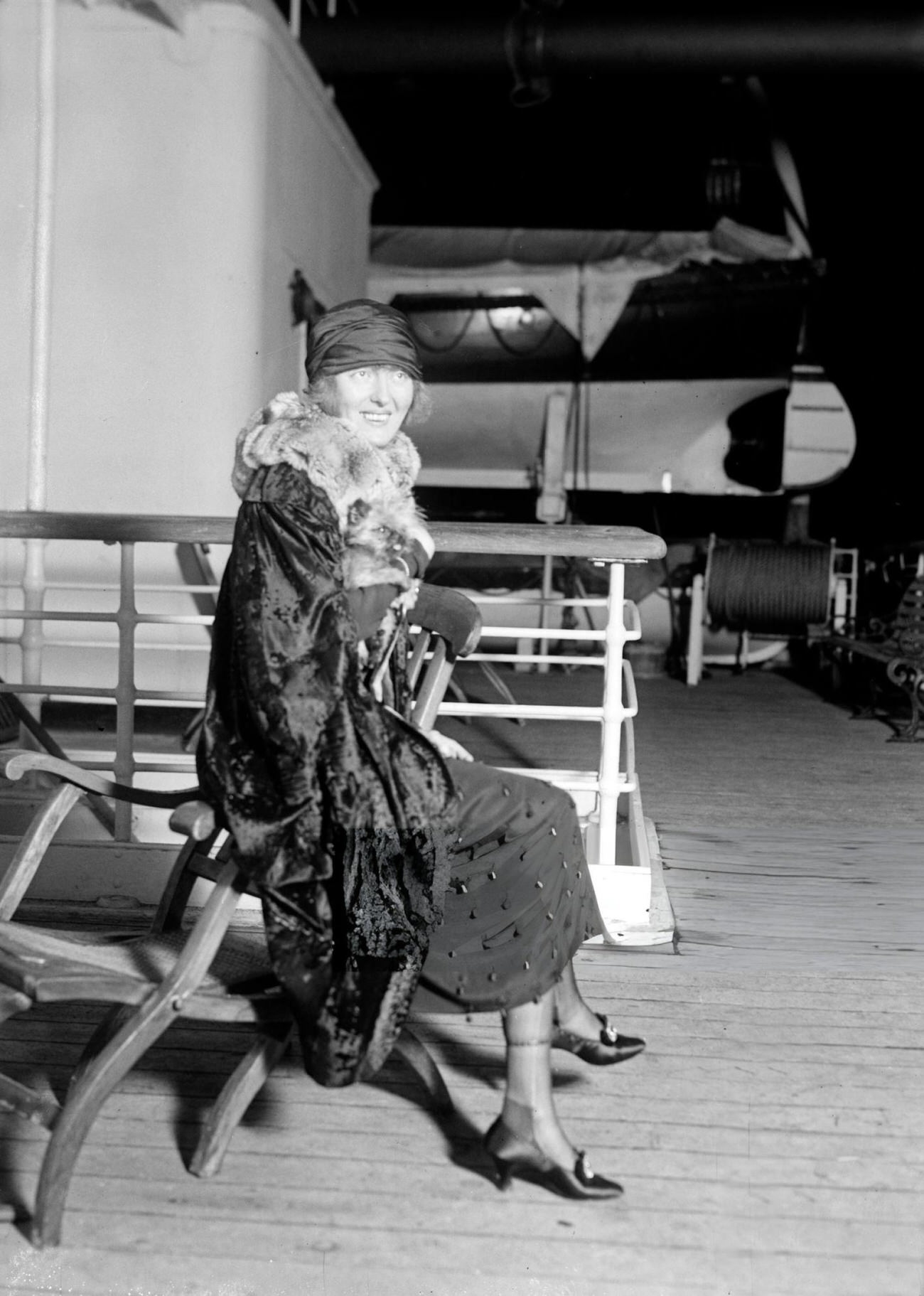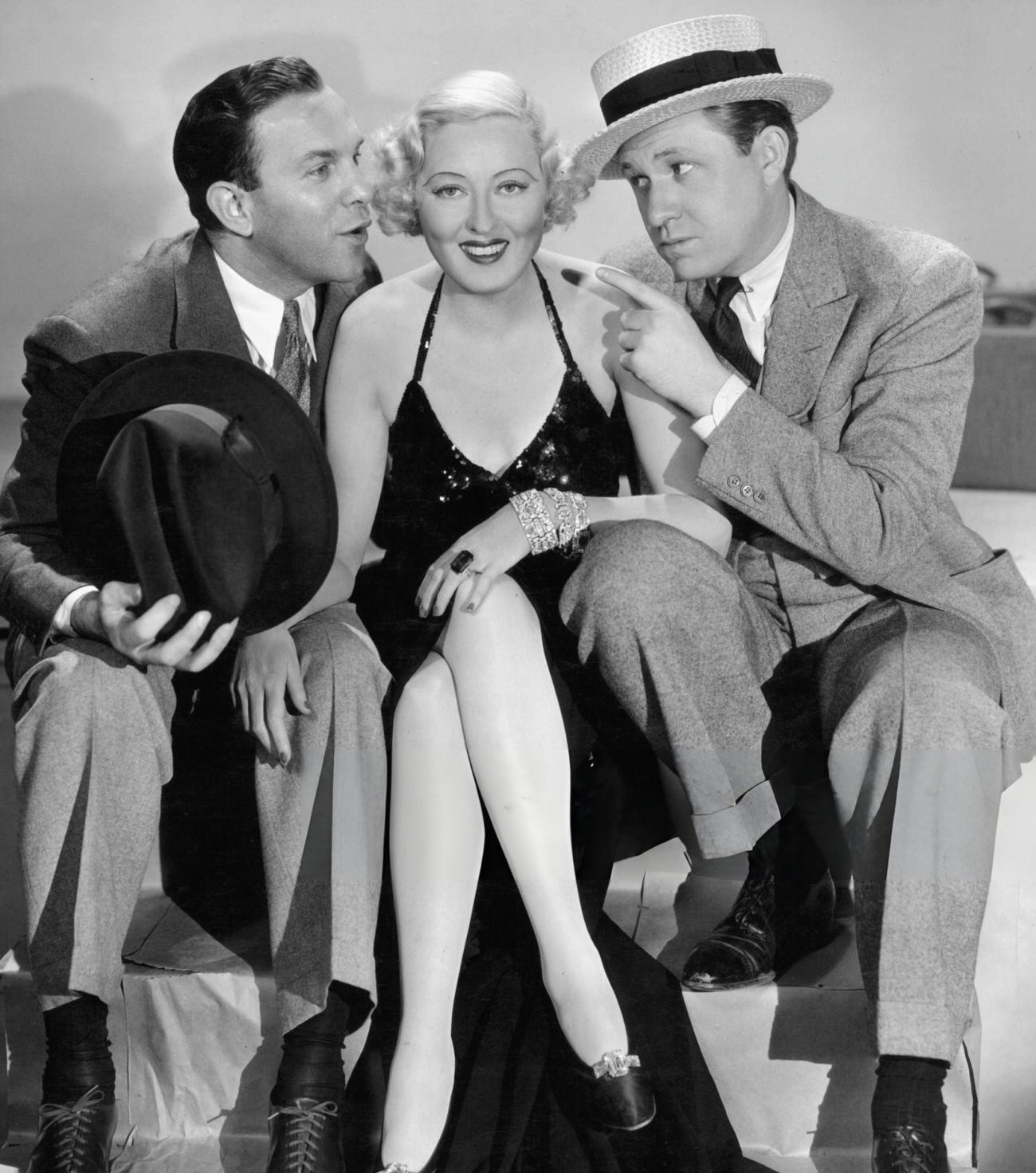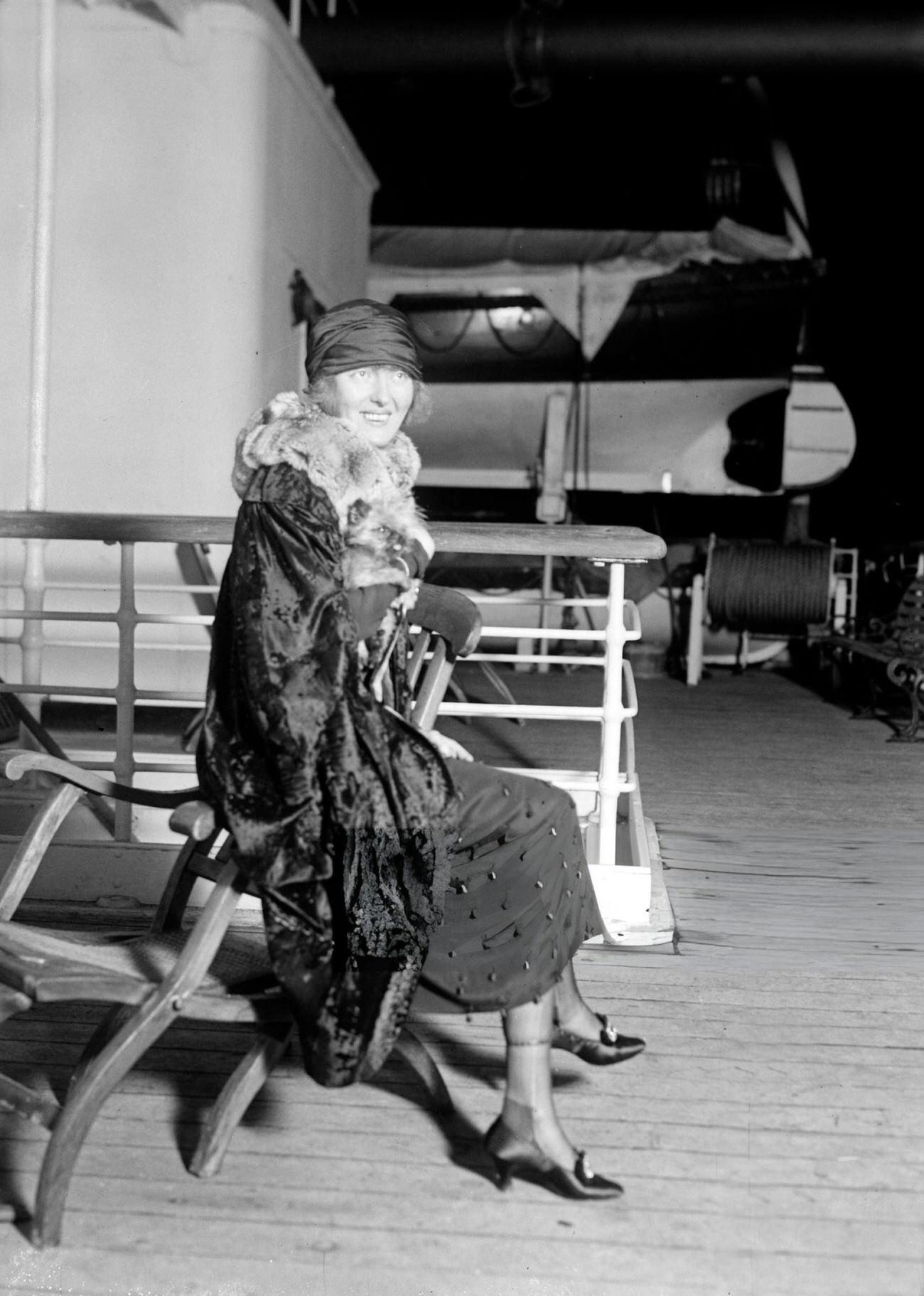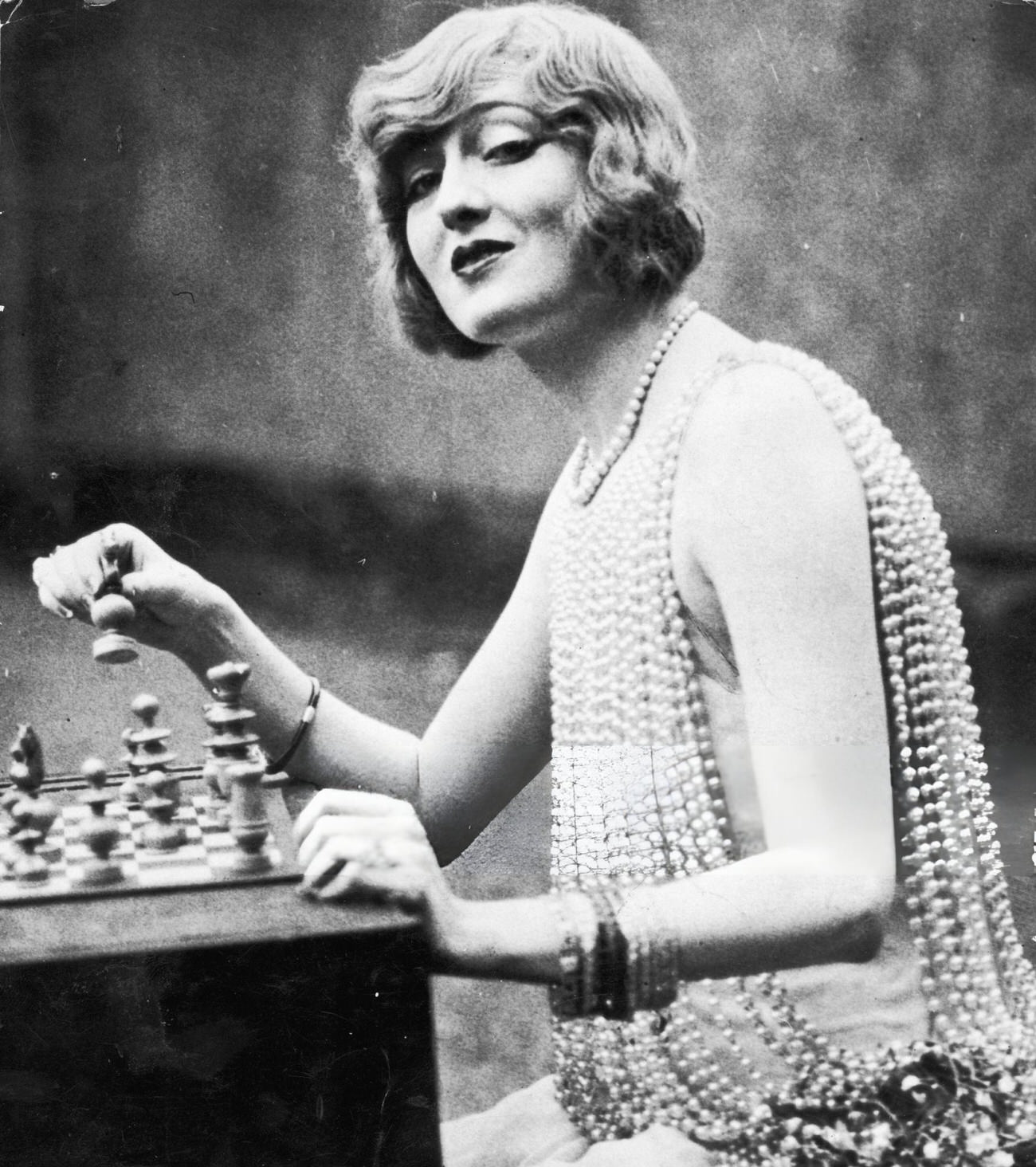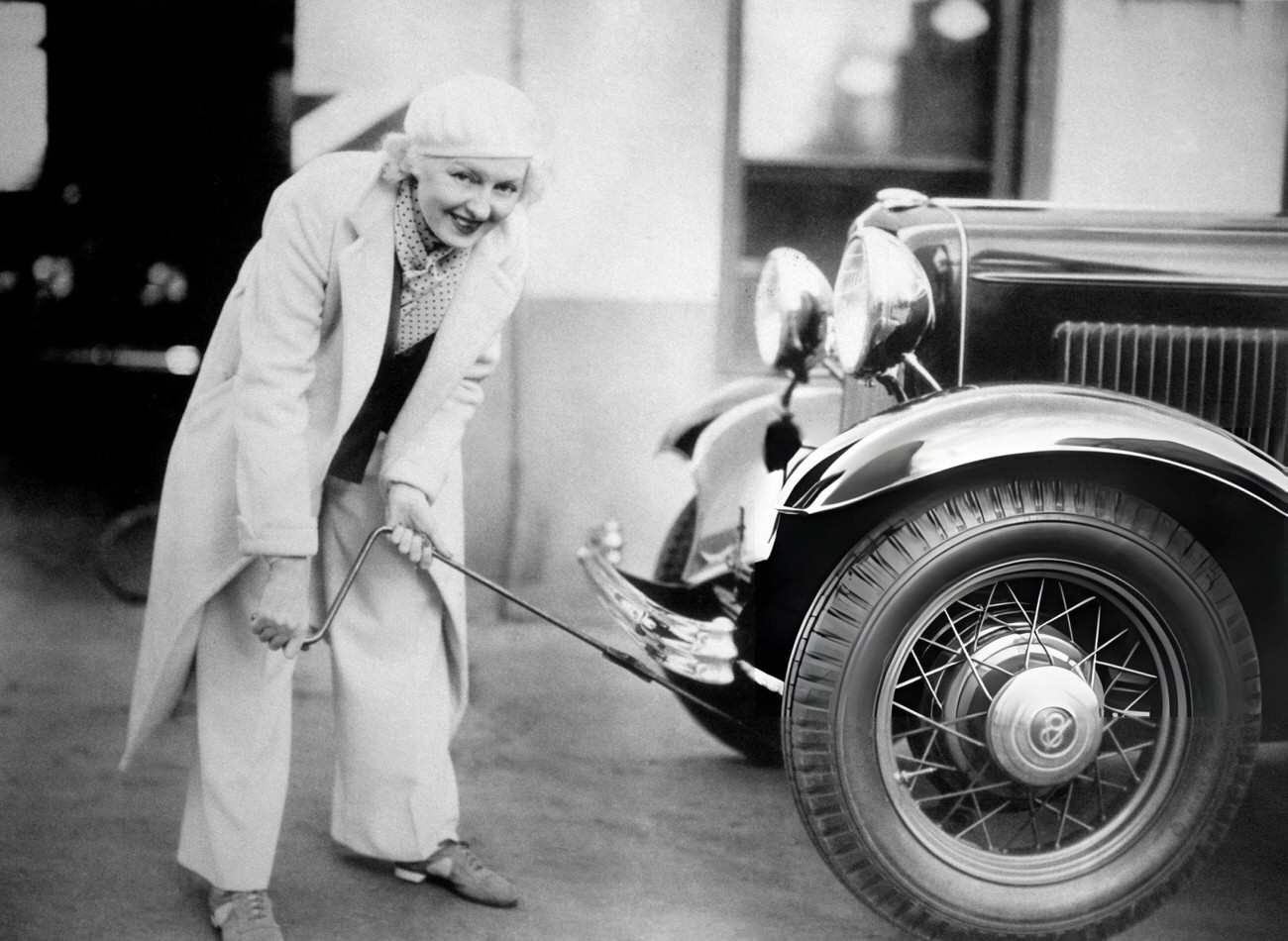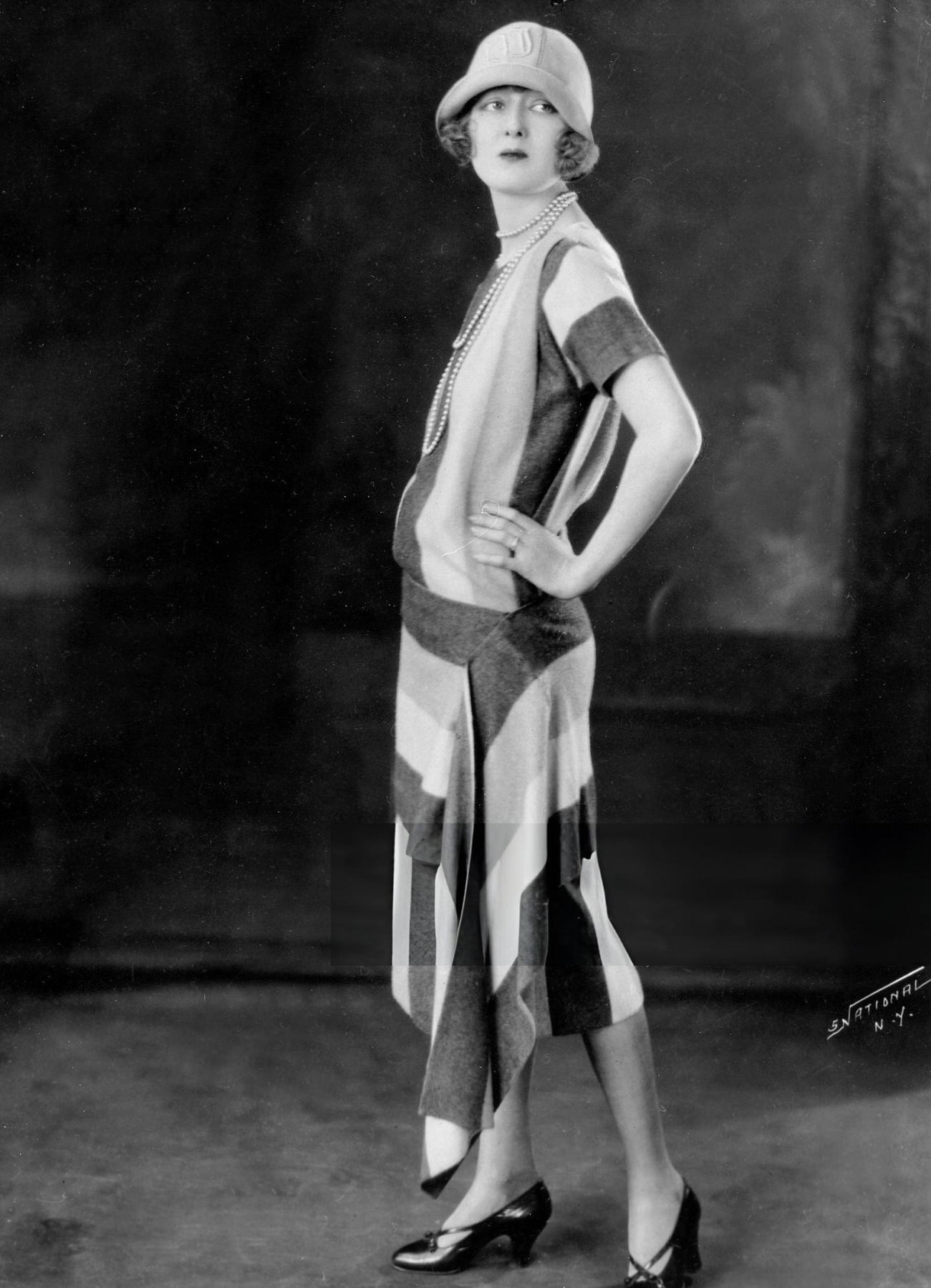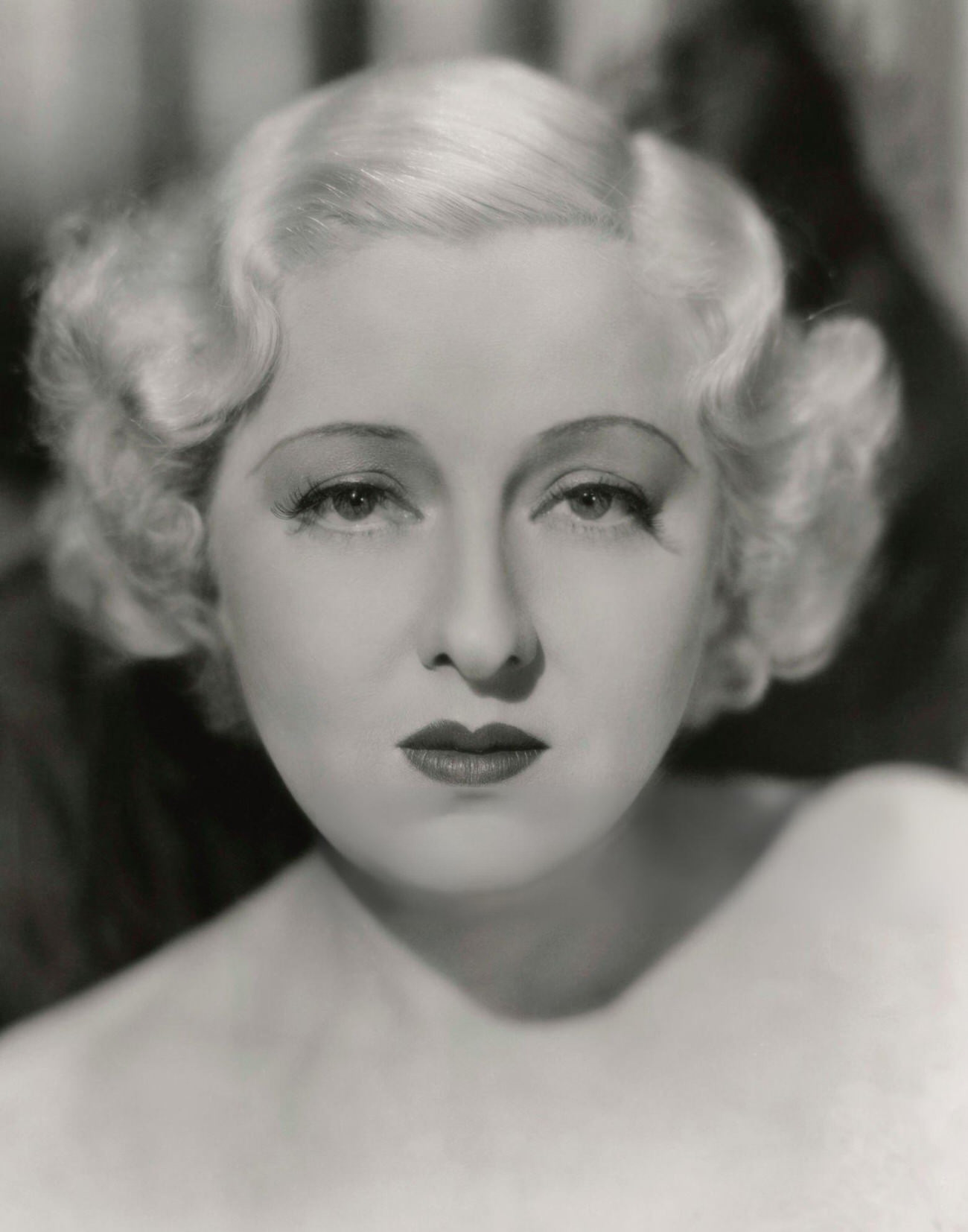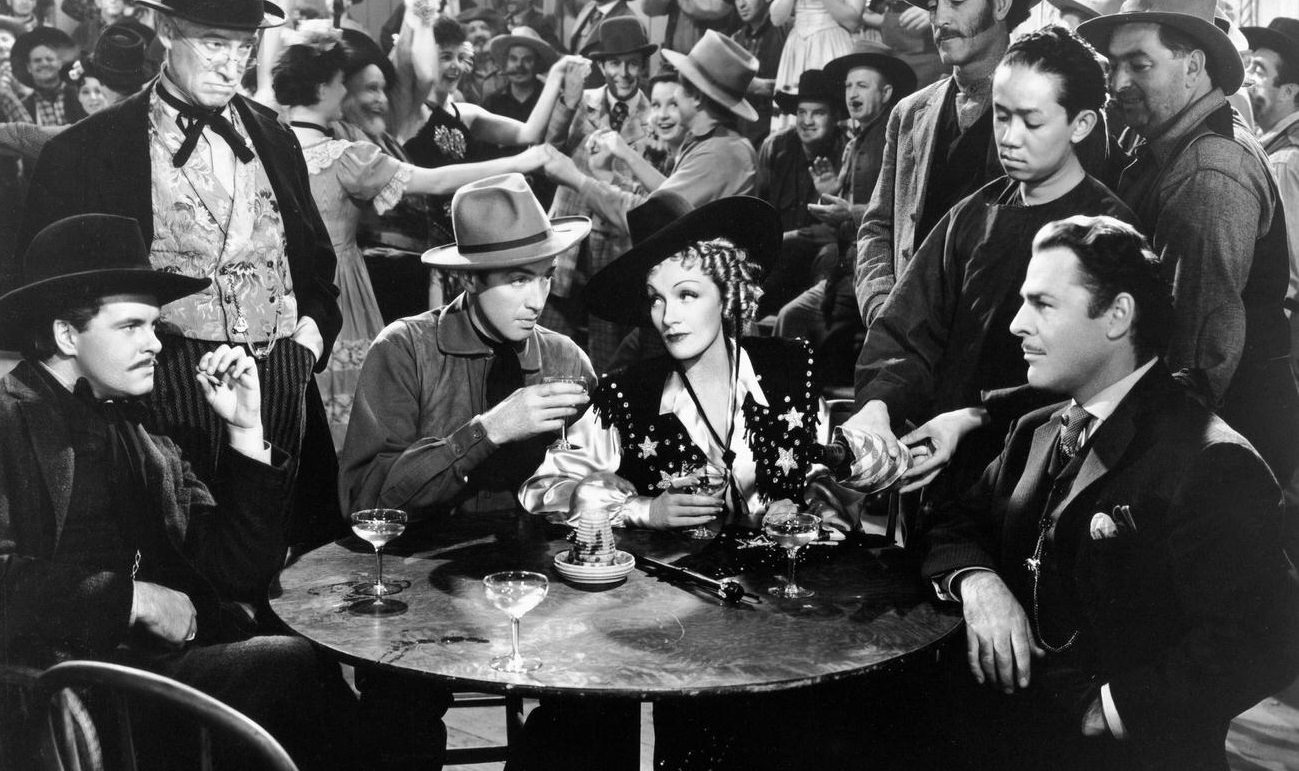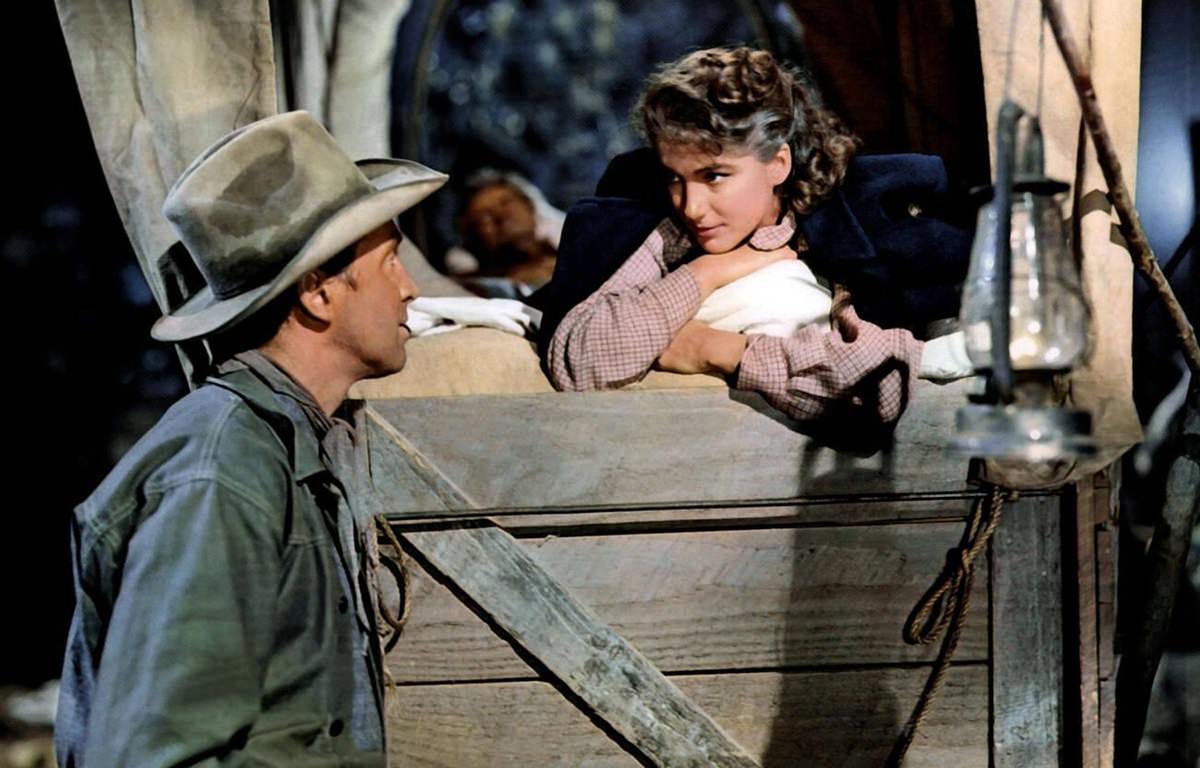Peggy Hopkins Joyce was born Marguerite Upton on May 26, 1893, in Norfolk, Virginia. Her early life was a far cry from the glamorous world she would later inhabit. She grew up in a modest family, the daughter of a barber named Caleb Upton and his wife, Nellie. As a young girl, Peggy showed an early interest in performance and a desire for a life beyond her small-town origins.
At the age of 15, Peggy made a decision that would set the course for her future. She left home and moved to New York City, determined to make a name for herself in the entertainment world. This bold move was just the beginning of a life filled with daring choices and headline-grabbing events.
In New York, Peggy quickly found work as a chorus girl in Broadway shows. Her striking beauty and vibrant personality made her stand out, even in the competitive world of New York theater. She appeared in several Ziegfeld Follies productions, which were known for featuring the most beautiful and talented performers of the era..
Read more
Peggy’s first marriage came at the young age of 17 when she wed Everett Archibald Jr., the son of a wealthy Philadelphia businessman. The marriage was short-lived, lasting only a few months. This pattern of brief, high-profile marriages would become a hallmark of Peggy’s life and a source of public fascination.
Her second marriage, to millionaire Sherburne Hopkins in 1913, gave her the name she would use for most of her career: Peggy Hopkins Joyce. Although this marriage also ended quickly, it provided Peggy with substantial financial resources and connections in high society.
As Peggy’s fame grew, so did her reputation as a socialite and trendsetter. She became known for her lavish lifestyle, expensive jewelry, and high-profile romances. Newspapers of the time eagerly reported on her every move, from her shopping sprees to her romantic entanglements.
In the 1920s, Peggy expanded her career beyond the stage. She appeared in several silent films, including “The Skyrocket” (1926) and “The Strong Way” (1929). While she was not considered a great actress, her beauty and notoriety ensured that her films drew attention and audiences.
Peggy’s personal life continued to be as dramatic as any movie plot. Her third marriage was to millionaire Stanley Joyce in 1920. This union lasted longer than her previous ones but was marked by public scandals and legal battles. The couple’s divorce in 1924 made headlines due to the large settlement Peggy received.
Throughout the 1920s and 1930s, Peggy was a fixture of the gossip columns. Her romances with wealthy men, including a brief engagement to Charlie Chaplin, kept her in the public eye. She was often seen at the most exclusive nightclubs and parties, always dressed in the latest fashions and dripping with jewels.
One of Peggy’s most famous possessions was a 127-carat diamond known as the “Portuguese Diamond.” This enormous gem, which she acquired in 1928, became a symbol of her extravagant lifestyle. She often wore it in public, adding to her reputation for luxury and excess.
Despite her fame and wealth, Peggy’s life was not without challenges. She faced several legal battles, including a lawsuit from a former maid and disputes with ex-husbands. These legal troubles often made headlines, further fueling public interest in her life.
In 1933, Peggy published an autobiography titled “Men, Marriage and Me.” The book was a frank account of her life and loves, causing a sensation with its candid revelations about high society. It became a bestseller, cementing Peggy’s status as a cultural icon of the era.
As the Great Depression hit and public tastes changed, Peggy’s star began to fade. The lavish lifestyle that had once fascinated the public now seemed out of touch with the struggles many were facing. She made attempts to revive her career, including appearing in a few more films and stage productions, but never regained her former level of fame.
Peggy’s later years were marked by financial difficulties. The fortune she had amassed through her marriages and career dwindled. She sold many of her prized possessions, including the Portuguese Diamond, to maintain her lifestyle.
In 1953, at the age of 60, Peggy married for the sixth and final time. Her husband was Andrew C. Meyer, a nightclub owner. This marriage lasted until Peggy’s death, providing a measure of stability in her later years.
Peggy Hopkins Joyce died on June 12, 1957, in New York City. She was 64 years old. The cause of her death was reported as throat cancer. Her funeral was a quiet affair, a stark contrast to the public spectacle that had been much of her life.
After her death, newspapers ran obituaries that highlighted the dramatic arc of her life. They recalled her days as a famous beauty and socialite, her many marriages, and her impact on popular culture. Some noted the irony that a woman who had once lived so lavishly died with relatively little to her name.
Peggy’s funeral was held at Campbell’s Funeral Church in New York City. It was attended by a small group of friends and family, including her last husband, Andrew Meyer. The service was simple, lacking the glitz and glamour that had defined much of her public life.


